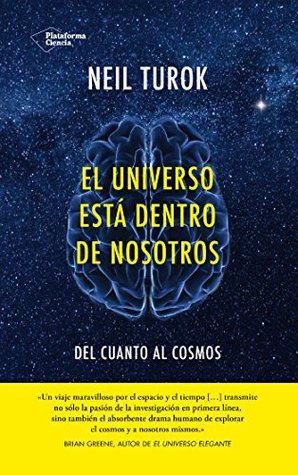
A Beautiful Question: Finding Nature's Deep Design
Book Description
What if the universe holds a secret code waiting to be unlocked? In "A Beautiful Question: Finding Nature's Deep Design," renowned physicist Frank Wilczek embarks on a breathtaking journey through the fabric of reality, exploring the intricate connections between mathematics, physics, and the elegance of nature. This dazzling exploration reveals the underlying symphony of the cosmos, showcasing how beauty and deep truths intertwine in the grand design of existence. With each revelation, the mysteries of life and the universe unfold like a stunning visual tapestry. Can beauty truly illuminate the path to understanding the cosmos?
Quick Book Summary
"A Beautiful Question: Finding Nature's Deep Design" by Frank Wilczek invites readers to explore the profound connection between beauty and the fundamental laws of the universe. Wilczek, a Nobel Prize-winning physicist, examines how mathematical elegance and aesthetic principles have guided scientific discovery through history. He argues that the search for deep symmetry, harmony, and beauty is not only characteristic of human creativity but is also embedded in the very fabric of nature itself. By examining pivotal breakthroughs in physics and weaving in philosophy, art, and history, Wilczek shows how our quest to understand the cosmos is ultimately a pursuit of beauty—suggesting that by following beauty, we come closer to the universe’s deepest truths.
Summary of Key Ideas
Table of Contents
The Relationship Between Beauty and Scientific Truth
Wilczek opens his exploration by challenging the reader to consider whether beauty is simply a human value or a guiding principle in the architecture of the universe. Throughout history, thinkers such as Pythagoras and Plato have seen mathematical symmetry and aesthetic appeal as evidence of hidden truths in nature. Wilczek expands on this tradition, suggesting that our sense of beauty—particularly in mathematics—serves as a powerful compass guiding scientific inquiry and discovery.
Symmetry and Harmony in the Laws of Nature
A central theme in the book is the concept of symmetry and its pivotal role in physics. Wilczek discusses how deep symmetries, such as those found in the laws of electromagnetism or quantum mechanics, act as the universe’s organizing principles. These symmetries often manifest as patterns, balance, and harmony—qualities closely associated with beauty. The author shows how recognizing and pursuing these symmetries has led to some of the most profound advances in understanding the cosmos, including his own Nobel-winning work on quantum chromodynamics.
Mathematics as the Language of the Cosmos
Mathematics, according to Wilczek, is more than a tool; it is the intrinsic language through which the universe communicates its structure. The book describes how mathematical forms underpin the laws of nature, from the spiral shapes of galaxies to the equations governing quantum phenomena. Wilczek illustrates that when theories are both mathematically elegant and experimentally validated, they tend to be enduring, reinforcing the notion that beauty and truth are intertwined.
Historical Perspectives on Physics and Aesthetics
Wilczek traces the interplay between art, philosophy, and physics, providing historical context for the persistent quest to discern nature’s deep design. He draws on examples ranging from Kepler’s fascination with geometric solids to Einstein’s admiration for the simplicity of physical laws. These historical anecdotes emphasize that intuition about beauty—a harmony or symmetry—often sparks the creative leaps that advance science. At each stage, the pursuit of aesthetics and clarity has propelled human understanding forward.
The Continuing Quest for Deep Design
In the concluding thoughts, Wilczek contemplates the implications of viewing the universe as a product of deep design. He suggests that our appreciation of beauty is not arbitrary but a reflection of real features of the cosmos. This perspective inspires humility and wonder, urging us to continue searching for meaning in the patterns that surround us. Wilczek concludes that pursuing beauty is not only a scientific strategy but an existential response to the mystery and majesty of existence itself.
Download This Summary
Get a free PDF of this summary instantly — no email required.





